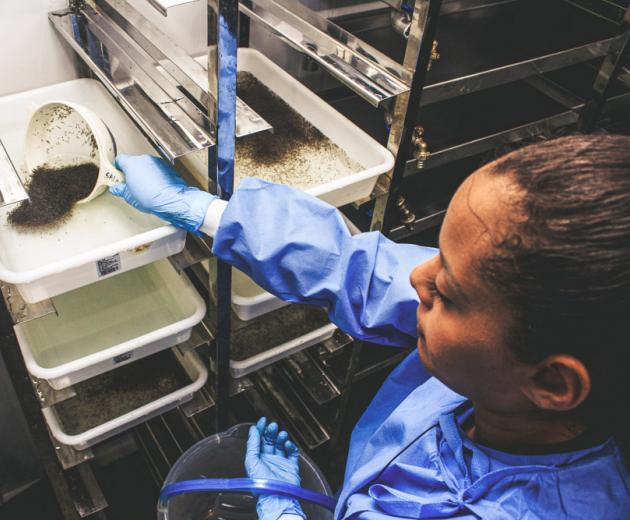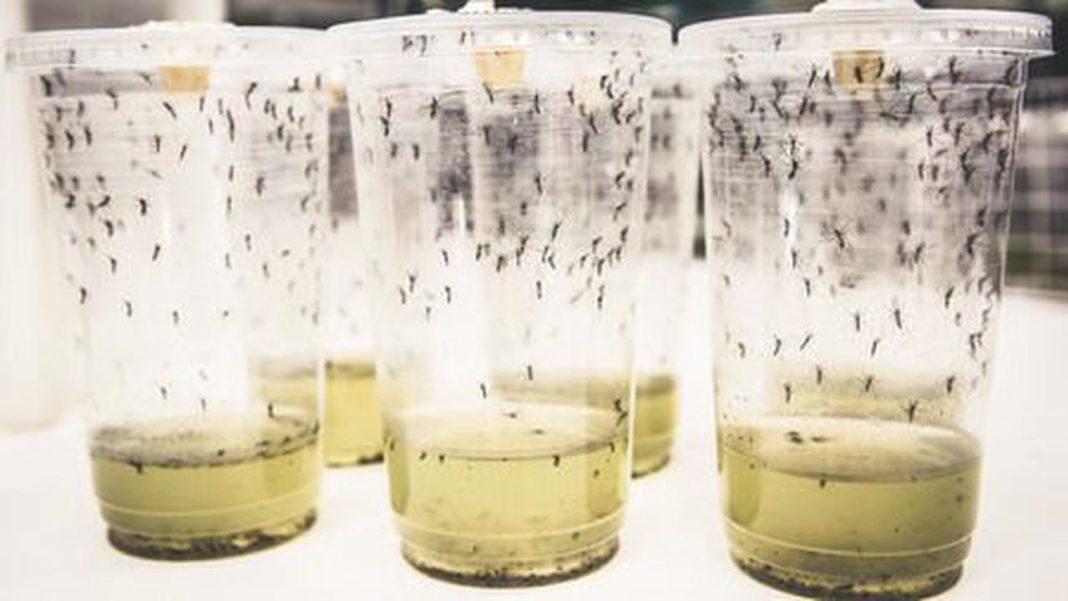It is 2021. Human touch, direct human interactions and many human lives are gone—and so is the sense that the global citizen can trust authorities in charge to act quickly and effectively in the face of a catastrophe.
But in 2020, while the world was focused on fighting a losing battle against COVID-19, humanity achieved victory against another life-threatening disease. Though this achievement did garner media attention, especially in the scientific community, for the masses, it is still a hidden gem that deserves more awareness. So come, let’s take a look!
Dengue is a rapidly-growing mosquito-borne disease. Each year, approximately 390 million dengue infections occur, out of which around 500,000 cases develop into severe dengue or dengue haemorrhagic fever. The latter is a more severe form of the disease, causing severe pain in muscles and bones. It results in up to 25,000 deaths annually worldwide each year.
Dengue is caused by the dengue virus and is spread by mosquitoes, especially the Aedes aegypti species. These mosquitoes pick up the virus by biting infected people. When they bite again, they spread the virus. Besides dengue, the A. aegypti mosquito is the main transmitter of Zika, chikungunya and yellow fever viruses. It originated in Africa, but the breed has spread through tropical and subtropical regions around the world.
In recent years, factors such as increasing international travel, population growth, mass migration of people from rural areas to cities and climate change have led to a rise in the spread of Aedes aegypti mosquitoes. And subsequently, the number of people has increased to such an extent that dengue is now officially considered the most critical mosquito-borne viral disease across the globe, according to the World Health Organization. And this is where the World Mosquito Program comes in!
Releasing Hope with the Wolbachia method
Formerly known as the Eliminate Dengue Program, the World Mosquito Program (or WMP) is a global non-profit initiative that aims to protect communities worldwide from mosquito-borne diseases, including dengue. And just recently, WMP achieved a breakthrough on this path.
From 2016 to 2020, WMP, in collaboration with Universitas Gadjah Mada, Monash University and the Tahija Foundation, conducted a Cluster Randomised Controlled (CRC) Trial within a 26km2 area of Indonesia to measure the efficacy of the Wolbachia method. CRCT is the gold standard in clinical research.
Details of The Trial
Participants of the trial were the 3,12,000 inhabitants of Yogyakarta, a city on the Indonesian island of Java. It was divided into 24 clusters. Mosquitoes were reared in buckets at an insectary and maintained at ambient temperature. Each bucket contained around 400 larvae. Later, they were infected with Wolbachia pipientis, an α-proteobacterium endosymbiont that occurs naturally in many insects, but rarely in A. aegypti. They were released over a six-month period in randomly designated parts, starting in 2016.

How it works
Wolbachia is harmless to humans and not harmful to mosquitoes, but it does take up the space that dengue virus needs to multiply. When A. aegypti mosquitoes carry Wolbachia, the bacteria compete with yellow fever, chikungunya, dengue and Zika virus. Which makes it harder for viruses to procreate inside the mosquitoes. And so, the mosquitoes are less likely to transmit it from person to person.
As a result, the mosquitoes had much less chance of transmitting dengue, Zika, chikungunya and yellow fever even if they bite someone. In addition, they also pass the bacteria on to their offspring so that they are also more resistant to the virus than uninfected mosquitoes.
Coming back to the trial, a total of five million infected mosquito eggs were spread, and it took nine months for a sufficiently large population of infected mosquitoes to settle in the test zones. Now, three years later, final results of the study have been published.
The efficacy of Wolbachia was determined by comparing the distribution of 5921 test-negative patients with that of the 385 confirmed dengue cases. The latter occurred predominantly in the areas not treated with Wolbachia, where test-negative patients were located throughout the study area.

The groundbreaking result
The experiment found that the number of dengue cases has decreased by 77% in areas of Yogyakarta, where the mosquitoes were released. In fact, the number of people requiring hospitalization fell by an astounding 86%. What’s more, the technique was found to be equally effectual against each of the four different types of dengue virus.
Local staff who participated in the study are so enthusiastic about the results that they have applied the Wolbachia method all over the city. Authorities have now also spread the infected mosquitoes in neighbouring districts so that a population of 2.5 million people is reached in time.
Positive response from everyone
Extensive effort was invested in local community engagement leading up to the trial, from engaging with local media and the public in general, collaborating with community leaders and key stakeholders across the city. In addition, community engagement activities including wall paintings, face-to-face meetings and even a short-film competition were organized to inform participants about the planned releases and address any questions or concerns, especially about the technology involved. All this and more led to the trial receiving strong community support.
“This is a great success for the people of Yogyakarta,” said Professor Ada Utarini of Indonesia’s Gadjah Mada University, who was a co-principal investigator on the project. “The success of this trial allows us to expand our work across the entire city of Yogyakarta and into the adjacent urban areas. We believe there may be a future where the inhabitants of Indonesian cities can live a life free of dengue.“
“This shows what an exciting breakthrough the Wolbachia Method can be: a safe, sustainable and efficient new approach to the fight against dengue – just what the international community needs,” said Professor Cameron Simmons from Monash University, the other principal investigator.
“The magic trick of Wolbachia is that it persists in the mosquito population and is passed on to each new generation of mosquitoes. And so what’s really remarkable about this intervention is that it’s once and done. Once you get the Wolbachia in the mosquito population, it continues to live in that population for many, many years, probably decades,” said Simmons.
Moving ahead
The beauty of the Wolbachia method is that it is natural and self-sustaining, unlike most other techniques for disease prevention. It does not involve genetic modification or even suppress mosquito populations. There is a good chance that this approach can also help in the fight against other viral diseases. Previous studies have shown that the Wolbachia Method effectively prevents the transmission of Zika, chikungunya, and yellow fever, among others. In areas where these diseases are endemic, today WMP is working with the community, local health organisations and governments to implement this method through controlled releases.
Here’s to hoping for many such groundbreaking achievements in disease prevention!



















